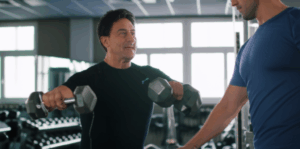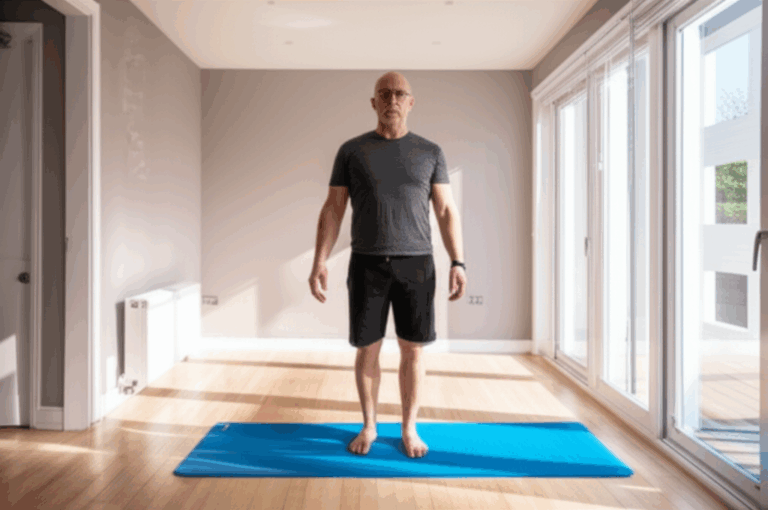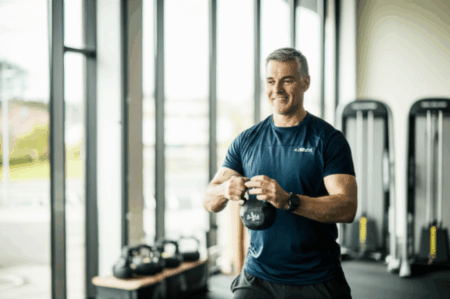As the decades roll by, many assume that maintaining significant strength and muscle mass requires increasingly lengthy and arduous gym commitments. However, for those over 40, a targeted 10-minute routine, prioritizing intensity and compound movements, can surprisingly yield greater strength gains than a traditional hour-long workout. This approach isn’t about shortcuts; it’s about smart, efficient training that directly counters age-related muscle loss and enhances overall functional fitness.
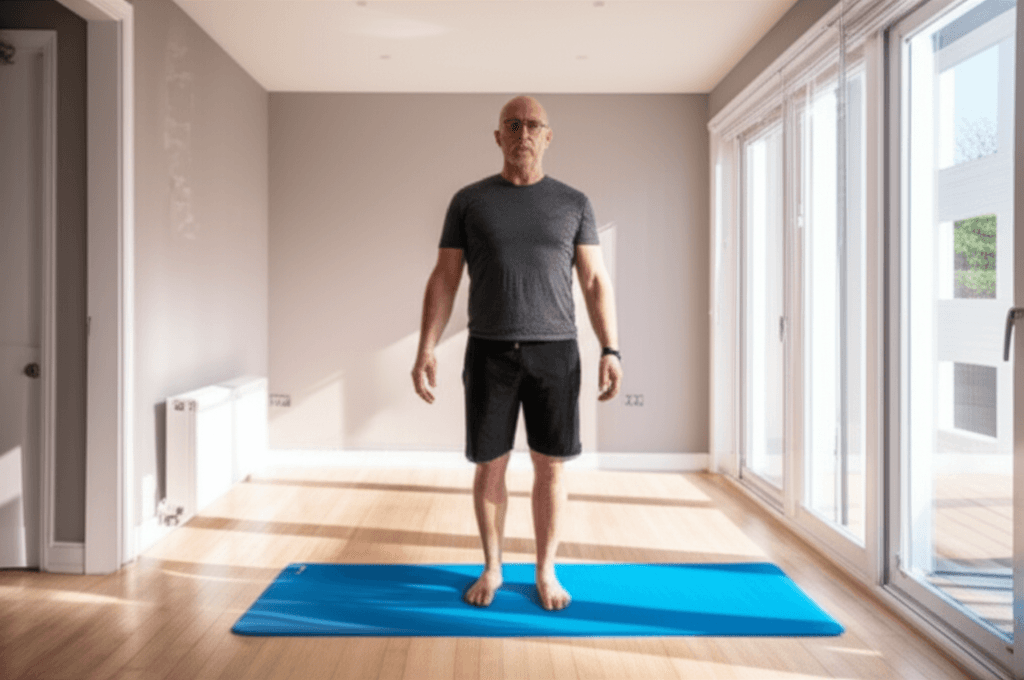
The Imperative of Strength Training After 40
After your 30th birthday, you typically begin to lose muscle mass at a rate of 3% to 8% every decade, a condition known as sarcopenia. Bone density also declines, increasing susceptibility to injury and extending recovery times. Strength training becomes even more crucial in your 40s and beyond, not only to combat sarcopenia but also to support hormonal balance, boost metabolism, protect joint health, and improve overall quality of life. It’s a powerful tool for maintaining independence and vitality as you age.
Why Traditional Workouts Might Fall Short
Many conventional gym routines involve a higher volume of isolation exercises or prolonged moderate-intensity cardio, which, while beneficial for general fitness, may not be the most efficient for building strength and muscle mass in a time-constrained manner, especially for individuals over 40. High-load resistance training, traditionally considered effective for muscle growth, can sometimes be impractical or even reduce arterial compliance in older adults. Moreover, consistently hitting high intensity in longer workouts can be mentally and physically draining, potentially leading to burnout or injury.
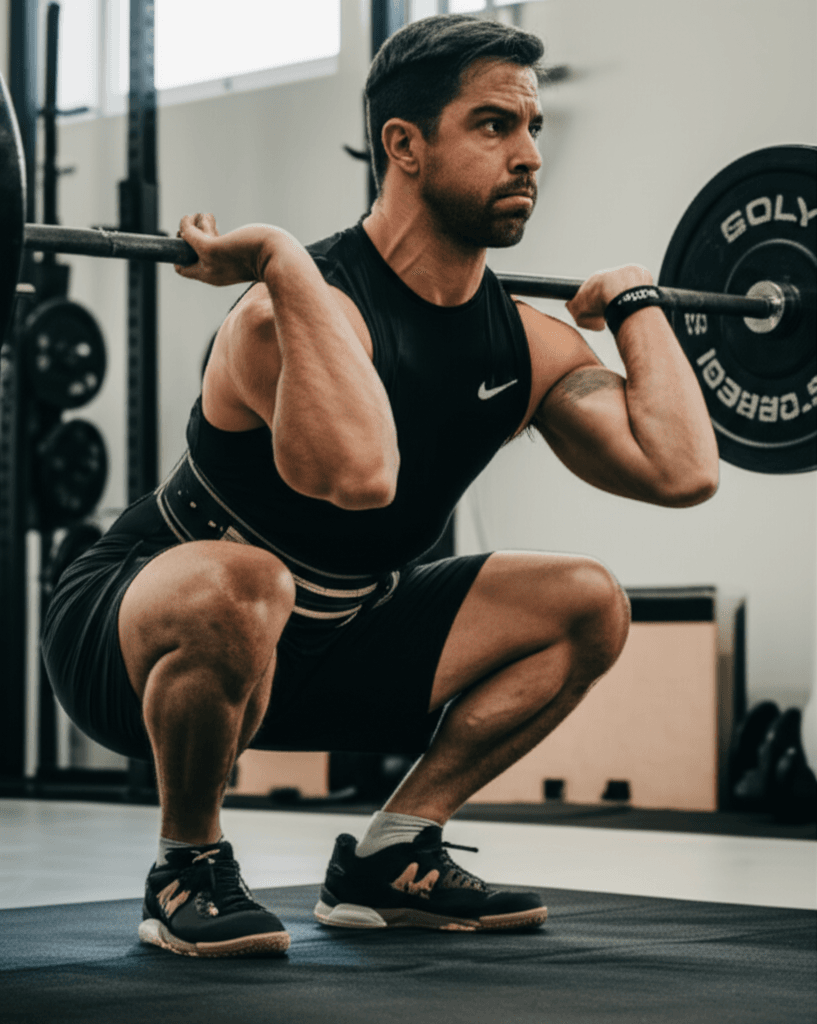
The Power of Precision: High-Intensity, Compound Movements
The secret to maximizing strength in minimal time lies in focusing on compound exercises performed with high intensity. Compound exercises are multi-joint movements that engage several large muscle groups simultaneously, mimicking real-life activities like lifting, pushing, and pulling. These movements recruit more muscle fibers, leading to greater strength and muscle development.
The Core Principles of the 10-Minute Routine
Certified personal trainers emphasize functional/corrective exercises over machine and barbell training for those over 40 (unless training for specific events like marathons). The key is to perform exercises that work multiple muscle groups, stimulate a strong hormonal response, and allow for efficient use of time.
Maximizing Efficiency with Compound Exercises
A well-designed 10-minute routine should focus on a selection of these powerful compound movements:
- Squats (Bodyweight or Goblet Squats): These are fundamental for strengthening the legs, glutes, and core, and improving balance. They mimic getting up from a chair and are vital for lower body strength and overall mobility.
- Push-Ups: An excellent exercise for the chest, shoulders, triceps, and core. Push-ups build upper body strength and improve shoulder stability. Variations like knee push-ups or elevated push-ups can adjust intensity.
- Lunges (Forward or Reverse): Lunges enhance leg strength and crucial single-leg balance, which is vital for fall prevention as you age.
- Rows (Inverted Rows or Bent-Over Rows): These target the upper back, biceps, and rear shoulders, counteracting the pushing strength from push-ups and improving posture. If using bodyweight, inverted rows (pulling your chest towards a sturdy bar or table) are effective.
- Plank: A cornerstone for core strength, engaging the abs, glutes, and quads. A strong core is essential for safe movement and proper posture.
- Glute Bridges (Single-Leg Glute Bridges): These activate the glutes and hip stabilizers, counteracting the effects of prolonged sitting and strengthening the posterior chain.
Structuring Your 10-Minute High-Impact Session
To make the most of your 10 minutes, prioritize continuous movement and minimal rest between exercises. This often resembles a circuit training or high-intensity interval training (HIIT) approach, which can maximize benefits in minimal time. While some sources caution against excessive HIIT for women over 40 due to potential cortisol spikes, strategic, short bursts of high-intensity strength work are distinct from prolonged cardio HIIT and can be highly beneficial.
Here’s an example structure:
- Warm-up (1 minute): Light cardio (marching in place, arm circles, leg swings) to prepare muscles and joints.
- Circuit (8 minutes): Perform each exercise for 45-60 seconds, moving directly from one to the next with minimal rest (10-15 seconds) if needed. Complete 1-2 rounds of the circuit.
- Squats (bodyweight or light goblet squat)
- Push-ups (on knees or toes)
- Reverse Lunges (alternating legs)
- Plank (hold for max time, or 45-60 seconds)
- Inverted Rows (using a sturdy table or low bar) or Bent-Over Rows with light weights
- Single-Leg Glute Bridges (alternating legs)
- Cool-down (1 minute): Gentle stretches for the muscles worked.
Renee Moten, a certified personal trainer, suggests focusing on specific reps for exercises like 25 push-ups, a 1-minute plank, 25 single-leg glute bridges, 30 standing toe raises, and 25 one-leg calf raises, to be performed within a 10-minute window.
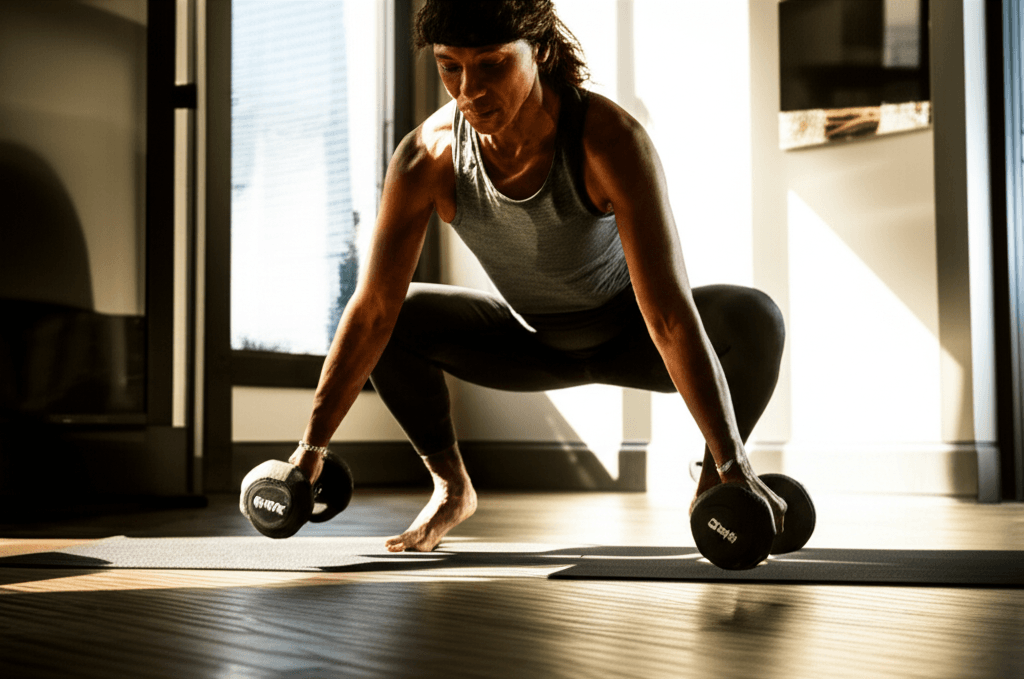
Why 10 Minutes Can Be More Effective
The efficacy of shorter, intense strength routines for those over 40 stems from several factors:
- Muscle Growth Stimulation: Performing compound exercises to near fatigue, even for a short duration, can stimulate muscle protein synthesis effectively. Studies suggest that training to fatigue with lighter weights can be as effective for muscle hypertrophy as heavy weights.
- Hormonal Response: High-intensity, full-body movements can elicit a favorable hormonal response, including an increase in growth hormone and testosterone, which aid in muscle maintenance and recovery.
- Metabolic Boost: Building and maintaining muscle mass, even in short bursts, keeps your metabolism active, helping to counteract age-related weight gain. Muscle burns more calories at rest than fat.
- Joint Health and Safety: For older adults, repetitive heavy lifting can be taxing on joints. Short, focused sessions with functional movements (often bodyweight or light resistance) reduce this strain while still strengthening surrounding muscles, tendons, and ligaments, thus preventing injury.
- Consistency and Adherence: A 10-minute routine is far more manageable to fit into a busy schedule, increasing the likelihood of consistency—which is key for long-term results. Even small, consistent efforts lead to significant improvements.
- Combating Sarcopenia: Strength training is the most effective intervention to prevent and treat sarcopenia, improving muscle strength and mass, and enhancing quality of life.

Considerations for Over 40s
- Listen to Your Body: Recovery becomes more important with age. While intensity is key, it should be balanced with adequate rest and proper nutrition. Avoid pushing to injury.
- Form Over Weight: Especially when starting, prioritize perfect form to prevent injuries. If using weights, start light and gradually increase as strength improves.
- Progressive Overload: To continue building strength, you must progressively challenge your muscles. This doesn’t always mean heavier weights; it can involve more repetitions, slower eccentric phases, shorter rest times, or more challenging exercise variations.
- Professional Guidance: If new to strength training, consulting a certified trainer experienced with adults over 40 can help develop a safe and effective program tailored to individual needs and limitations.
By embracing a focused, high-intensity 10-minute strength routine built around compound exercises, individuals over 40 can effectively build and maintain muscle, enhance bone density, boost metabolism, and improve overall physical function, often surpassing the benefits of longer, less targeted gym sessions. It’s about working smarter, not necessarily longer, to cultivate a strong, resilient body for years to come.

